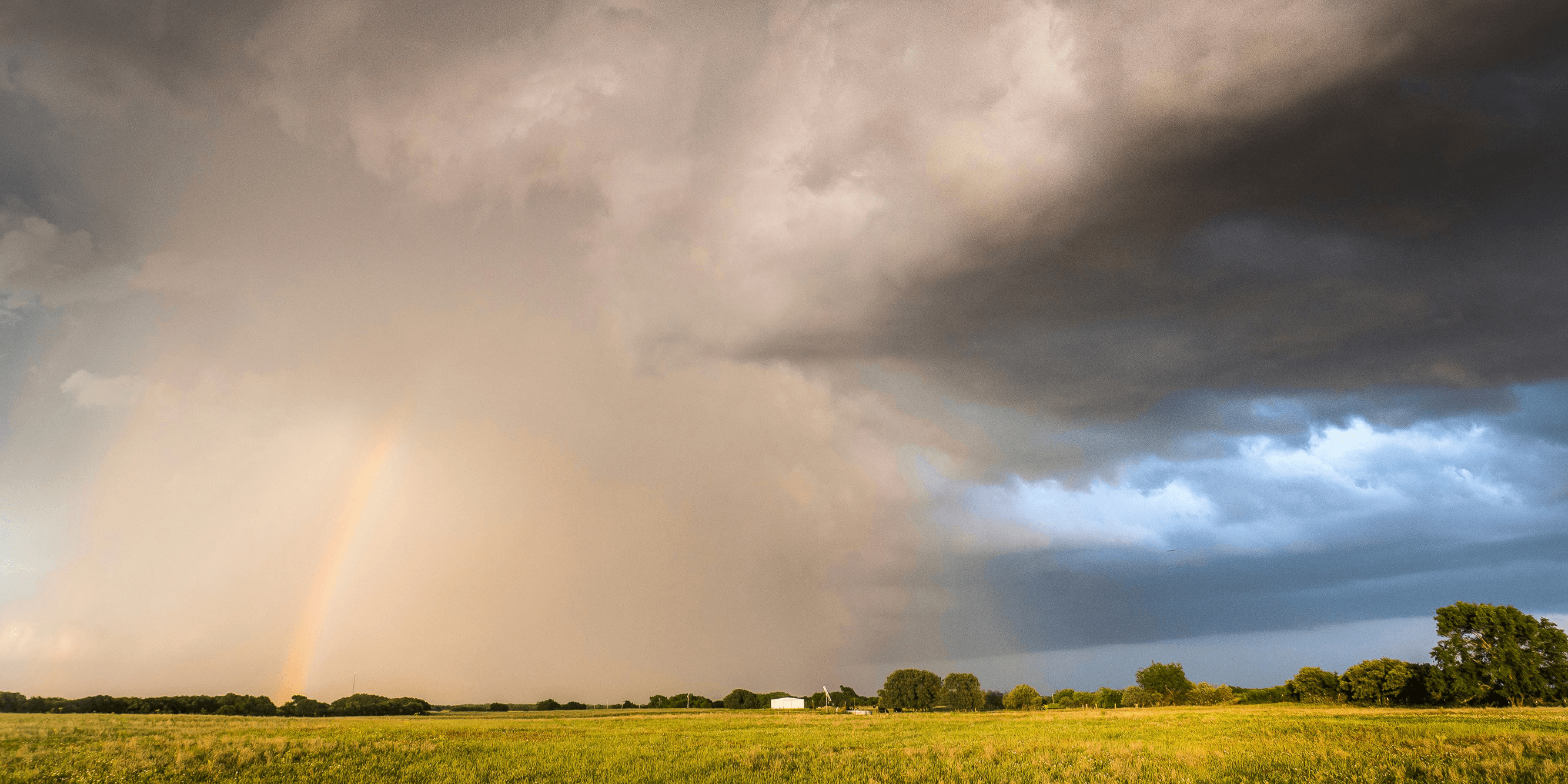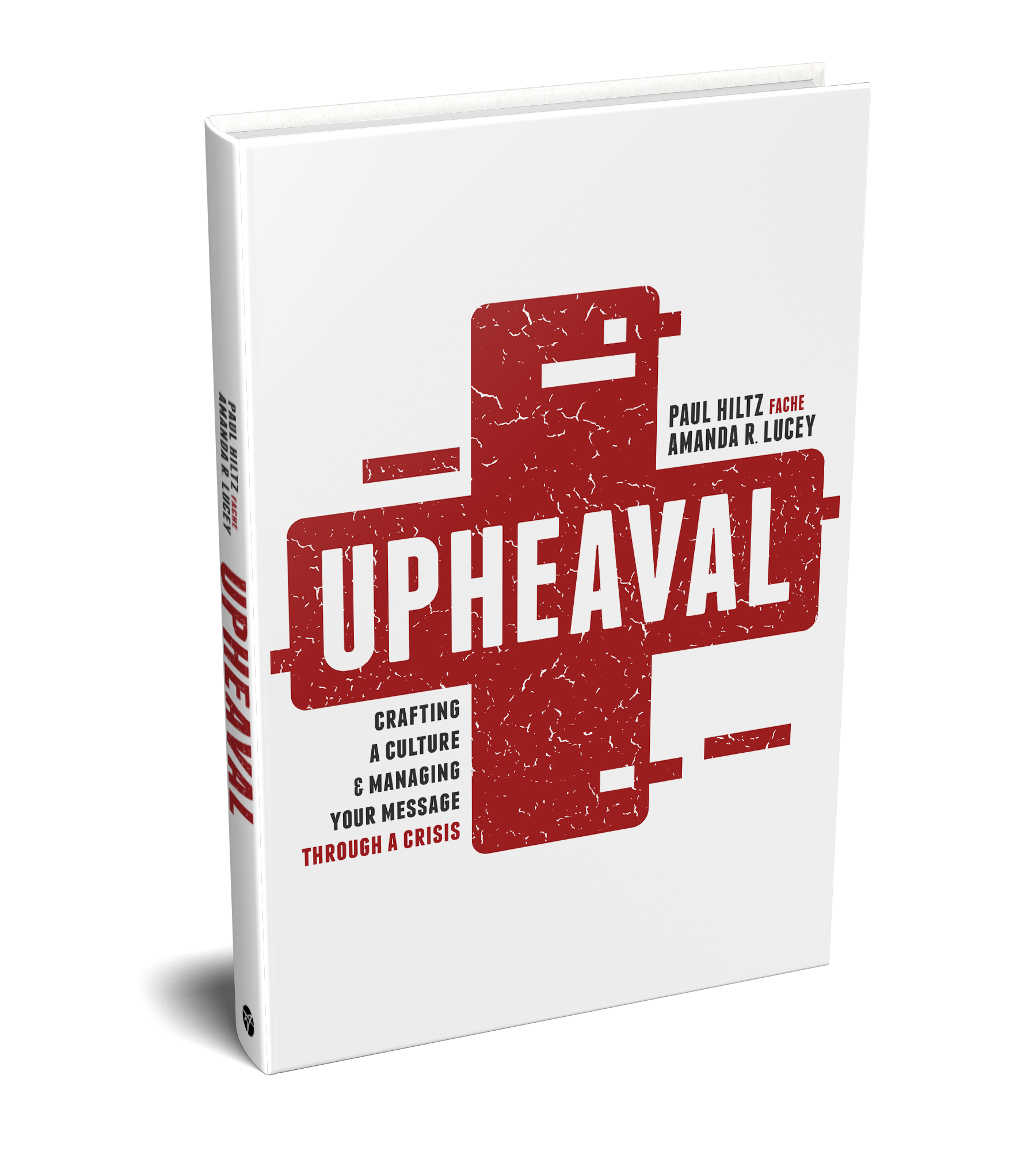Just as a storm tests the quality of a ship, a crisis tests the resilience of your brand.
Just as a storm tests the quality of a ship, a crisis tests the resilience of your brand. What keeps your brand upright as waves crash against its hull? Social capital. This intangible asset—the trust, goodwill, and loyalty you’ve earned over time—can mean the difference between sinking under scrutiny and navigating to calmer waters.
The Building Blocks of Brand Identity
It’s more than just a logo. Brand identity is a combination of your company’s values, actions, and emotional ties with your customer base. When your company is in crisis, your brand identity becomes a fragile shield. Every decision and statement you make could potentially erode or shore up public trust.
Key components of brand identity include:
- Core Values. The stated principles that guide your decisions and actions.
- Voice and Messaging. The consistent themes you reinforce across all channels.
- Emotional Connection. The loyalty and association of your customers.
- Visual and Verbal Identity. The tone, style, and symbols that make your brand instantly recognizable.
Each of these components is tested under pressure. Do your actions align with your values? Do you project your messages with confidence and calm? Does longstanding customer loyalty override short-term issues with your products?
What Is Social Capital, and Why Does it Matter?
Social capital is the reservoir of positive feelings that your customers, partners, and stakeholders associate with your company. Building this mutual respect and habitual connection can take years of networking. In a crisis, however, there’s a danger you might “spend” this social capital until there’s nothing left.
For example, imagine a sustainable clothing brand consistently demonstrating transparency about its supply chain. Let’s say a report surfaces alleging unethical labor practices at one of its suppliers. A brand with little public support might face boycotts or irreparable damage.
Social capital earned through years of open communication and accountability can buoy the brand until the storm has passed. However, brand spokespeople must address the issue immediately, acknowledge public concerns, and take decisive steps to investigate the facts. The brand’s transparent practices will inspire trust and patience if all goes well.
This is more than just damage control. It’s a true relationship between customers who have a choice in the marketplace and a product or service they’ve come to rely on. Nurture this relationship, and you’ll be set up to handle every business’s inevitable setbacks.
Building Social Capital Before the Storm
Here’s another example: a university with a renowned chemical engineering program. The university has enjoyed a stellar reputation with students, parents, and the surrounding community for years. It boasts state-of-the-art labs and hosts frequent open-house events that reflect its commitment to open, transparent communication.
Now, imagine a crisis: A dangerous chemical leak takes down the engineering building. The incident raises questions about the university’s safety protocols—which could spell disaster for a lesser institution. Our hypothetical university, however, swiftly responds—bringing stakeholders in the loop, providing frequent updates on its investigation, and outlining updated safety measures.
As a result, parents are comforted by the outreach, prospective students feel reassured, and the local media pays more attention to the solutions than the problem.
Building this level of trust requires proactive effort using the following principles:
- Show, Don’t Tell. Demonstrate your values through action. If safety is a priority, invest in top-notch equipment and rigorous training.
- Consistency Is Key. Deliver on your brand’s promises, whether it’s daily operations or the way you handle yourself in a crisis.
- Engage Authentically. Build connections with stakeholders by involving them through community initiatives, open forums, and regular communication.
Toyota’s Semiconductor Shortage
In 2021, a global semiconductor shortage caused many automobile companies to stop production. Toyota, however, was better prepared than its competitors.
After the 2011 Fukushima disaster, Toyota revised its just-in-time inventory approach. The company instructed suppliers to keep a larger stockpile of semiconductors—extending from the conventional three months to five months. This adjustment gave Toyota a larger chip inventory than its competitors.
Despite these preparations, Toyota eventually felt the impact of the semiconductor shortage. By August 2021, the company announced a 40% reduction in global production, scaling back from an initial plan of approximately 900,000 vehicles to around 540,000. This decision affected 27 production lines across 14 factories worldwide.
The company’s approach was sharpened by a crisis in 2009 and 2010, when its cars suddenly accelerated on their own, leading to the largest automobile recall in history.
At first, the company made all the classic mistakes—delayed responses and a lack of transparency—which adversely affected its reputation. Recognizing these shortcomings, Toyota overhauled its crisis communication strategies. This included establishing a global quality committee and introducing the Swift Market Analysis Response Team (SMART).
What Story Will Be Told About You?
A crisis is a defining moment that tests your brand’s true value. Imagine a brand as a trusted companion—what would it do in this moment to protect, support, and reassure its friends and family?
When you respond in the moment, think about the future. Every decision you make becomes part of your audience’s story about you tomorrow. Their trust will either be built or broken—not because of clever messaging, but by committing to doing what’s right.
What’s your brand foundation? Is it strong enough to withstand the shocks of tomorrow? Reflect on your principles, actions, and long-term goals. Build your brand’s crisis plan carefully so that when the next storm comes, you’ll withstand it and emerge stronger.


